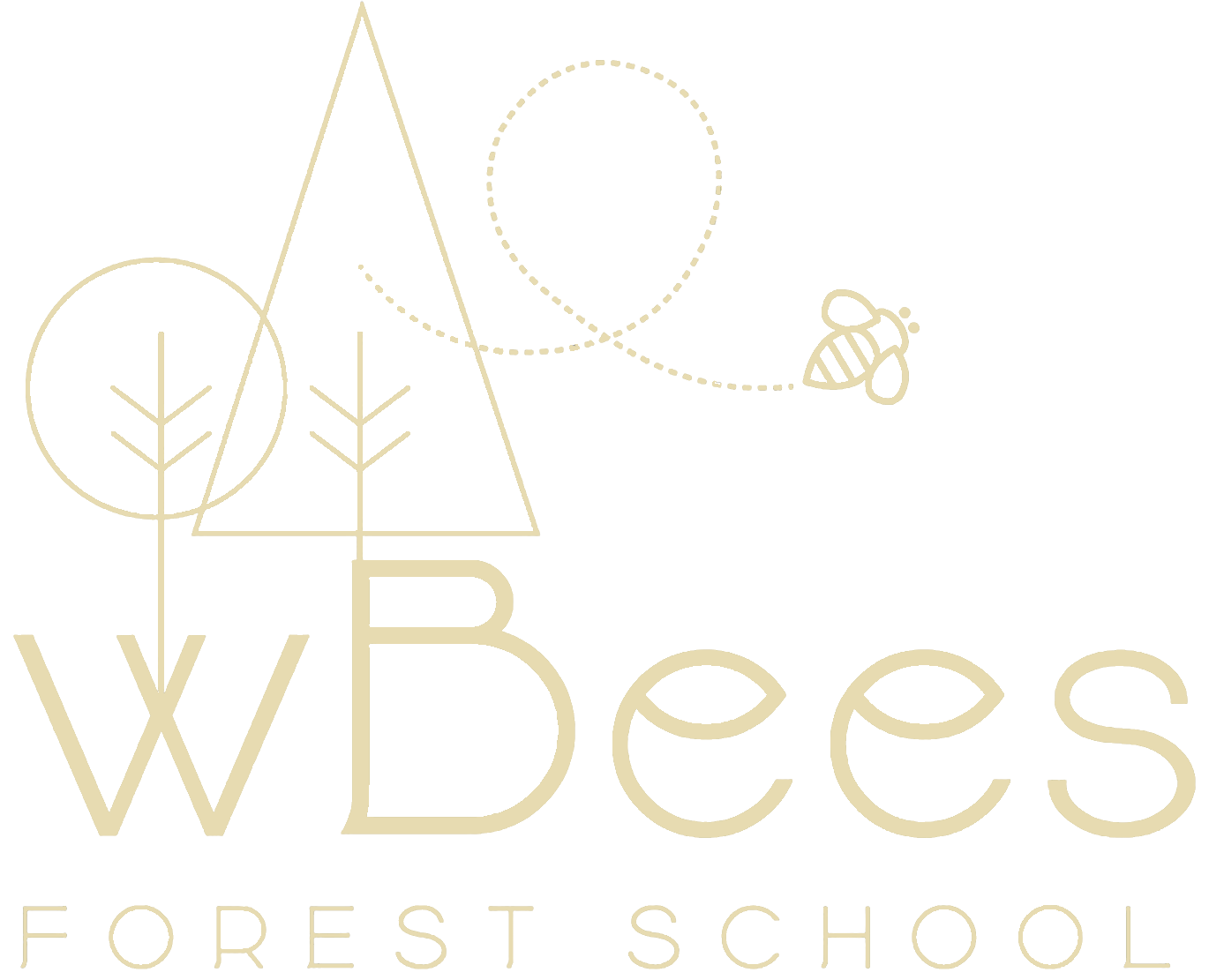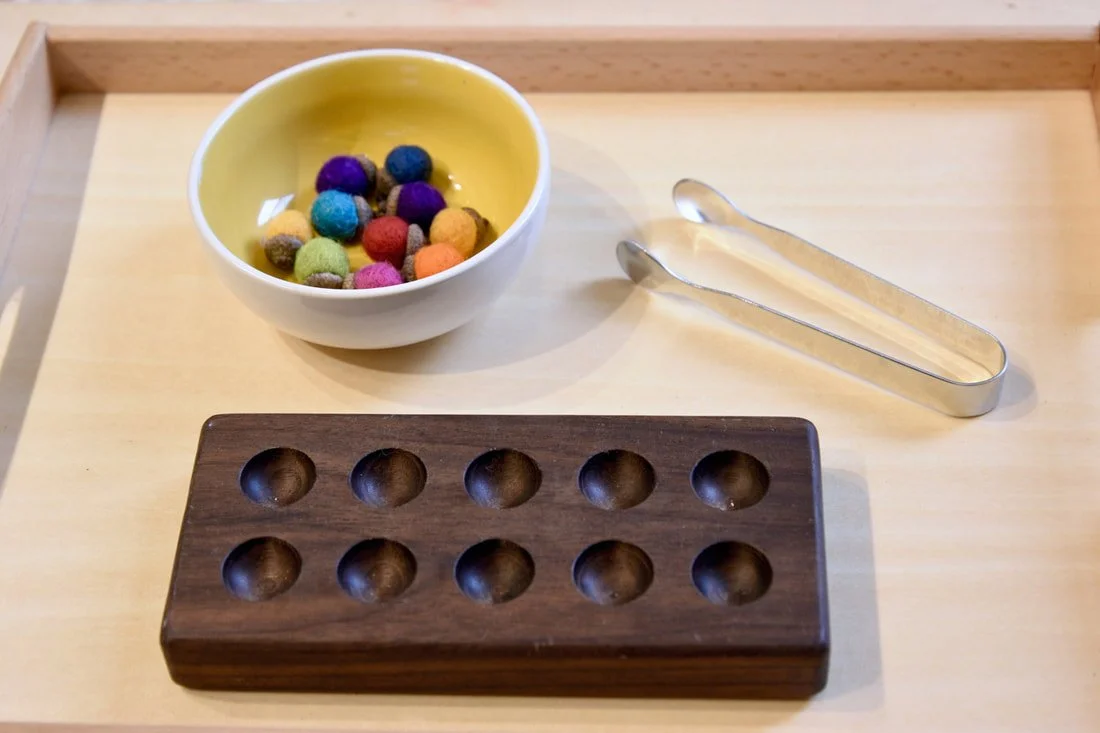Montessori in the Home
Embracing the Montessori Method in the home can be a wonderful way to bridge the home-to-school connection, encourage independence, and structure the home environment to instill peace, creativity, and exploration in the most important space in a child’s life, their own home. Below we’ve created and compiled a variety of resources to guide you through bringing the Montessori Method into your home with tips and examples that will not only serve you for the physical space but also for the tone that you set within the home and how to interact with your budding toddlers and preschoolers.
wBees Forest School: Montessori in the Home Guide
This comprehensive guide was adapted with permission from the Montessori School of Tokyo as a guide for Montessori in the home during the COVID-19 lockdown. We have since adjusted it to be an all-encompassing resource for caregivers and families that wish to embrace Montessori within their homes. This resource guide includes an overview of the “prepared environment” along with examples of “daily flows” and works for both toddlers (age 2) and primary (ages 3-5) children.
The Montessori Toddler by Simone Davis
This book is a wonderful guide to raising toddlers and preschoolers through a Montessori lens, from practical ideas for the Montessori activities in the home, feeding, routines, dealing with siblings, and cultivating respect and peace within the home. This book is such an easy read with images and digestible content that you will be able to relate to. In addition to this wonderful book, Simone Davis has compiled an abundance of free resources on her website, such as:
Below are a few steps to help you begin your journey:
Get to Know the Montessori Method
The first step to embracing any methodology or process is to make sure you fully understand it and align with its principles. It’s not enough to simply buy the materials or structure the home in a certain way. To successfully dive into the Montessori Method in the home, it’s important to understand the “how” and the “why” behind the methods, the language, and the position of the caregiver in relation to the child.
There’s a plethora of information out there about the Montessori Method, from books to videos to blog posts and online workshops. Here are a few recommendations to begin your own Montessori exploration:
The Montessori Method by Dr. Maria Montessori
Montessori: A Modern Approach by Paula Polk Lillard
Montessori from the Start: The Child at Home, from Birth to Age Three by Paula Polk Lillard and Lynn Lillard Jesse
Another great guide for Montessori learning is the Montessori Trillium videos and courses. Here you can find their free webinars.
Create the Prepared Environment
A Montessori environment is based on the principles of simplicity, order, and accessibility. It’s important to make areas in each room of the home that allows your child to exercise their independence and gives them the tools they need to be active members of the family and home unit. This can be achieved by:
Providing child-sized furniture and materials that are developmentally appropriate
Arranging toys and tools on easy-to-reach shelves and areas to encourage independent exploration
Use open storage solutions (baskets and trays) to keep items organized and visible
Create designated areas for specific activities (reading area, art area, building/block area)
Have a space for everything
rotate materials and toys to prevent clutter
Encourage Independence
The foundation for Montessori education is to follow the child and allow them to have independence. This promotes the development of self-reliance and self-confidence. Encourage your child to take on age-appropriate tasks independently and loop them into as many daily and practical tasks so they can be exposed to realistic experiences
Focus on practical life skills that will allow your child to be more independent such as getting dressed, pouring drinks, preparing simple snacks, combing hair, brushing teeth, washing/rinsing dishes, etc.
Allow your child to make their own choices within reasonable limits (choosing clothing, selecting activities)
Involve them in household cleaning, food prep and cooking, grocery shopping, fixing things around the house, etc.
Offer Purposeful and Hands-On Learning Materials*
Montessori materials are carefully crafted and designed to foster various aspects of a child’s development, from fine motor skills to language and math
Select toys and activities that promote exploration and discovery
Include activities and themes that incorporate your child’s current interests- (counting dinosaurs, matching flower cards, color sorting trains, etc.)
Focus on open-ended play that encourages your child to use their imagination and creativity
Always include sensory play! Sensory exploration is SO important in early childhood- don’t skip out on these important activities
Rotate toys and activities periodically to keep things fresh and engaging
Use real-life materials (ceramic, glass, wood, metal) to give your child varying tactile experiences, along with the opportunity to engage and learn how to manipulate and use different materials. If things break, that’s ok! It’s a natural consequence, and that’s what Montessori is all about
*Montessori materials can be both bought and made. It can seem like an expensive task to engage in Montessori activities, but there is SO much you can do with household materials. Check out our wBees Montessori in the Home guide for some inspiration and get creative. Most Montessori works can be made from daily household materials. If you want to invest in classic Montessori materials (pink cubes, number rods, knobbed cylinders), check out Facebook Marketplace or eBay. You’re more than likely to find second-hand materials that can use a second life. Pinterest also has a huge variety of ideas!
Encourage a Love for Nature
Montessori education places a strong emphasis on connecting with nature. Foster a love and curiosity for the natural world and make time to be outdoors.
Go for nature walks- keep an observation journal
Incorporate planting and gardening in your space, whether it be indoors or in your backyard
Talk about seasonal changes, emphasize observation, and engage with natural materials like dirt, rocks, sticks, etc.
Promote Concentration and Focus
The Montessori approach values uninterrupted, focused work as a crucial aspect of a child’s learning and development. As tempting as it is to correct or interject while a child is figuring things out, leave it to them to explore deeply so they can problem-solve and think critically.
Create a peaceful, quiet, and uncluttered space for your child while they work/play
Limit distractions
Don’t interrupt or provide feedback when they are concentrated
Lead by Example by Providing a Nurturing Environment
Children learn best when they feel supported, safe, and at peace. By allowing them a safe space to learn they will feel at ease as they let go into deep play and concentration. Embrace these learnings yourself, as a child’s most direct way of learning is through observation and imitation.
Communicate respectfully and listen actively
Practice mindfulness, self-care, and try to remain calm during challenging moments
Offer emotional support and encouragement
Set reasonable and clear limits and boundaries that your child can freely explore within
Other resources we love about Montessori in the Home:
This video gives a wonderful introduction to how to set up your home- Montessori-style, with a lot of important pointers for things to keep in mind as you begin.
Simone Davis’ video on how to set up a Montessori Home
This Montessori Home-Makeover Checklist can give you some ideas for the different areas of your home
Keep in mind that every child and every family is different and unique. Only do what feels right for your family dynamic. Montessori can be embraced in a variety of ways, both big and small, the most important thing is to stay true to yourself and welcome the methods and practices that align with your style. Taking on Montessori within the home doesn’t happen overnight, so give yourself time to explore and navigate these practices and find what inspires you.







